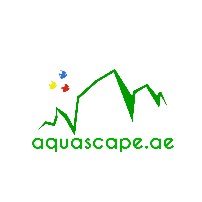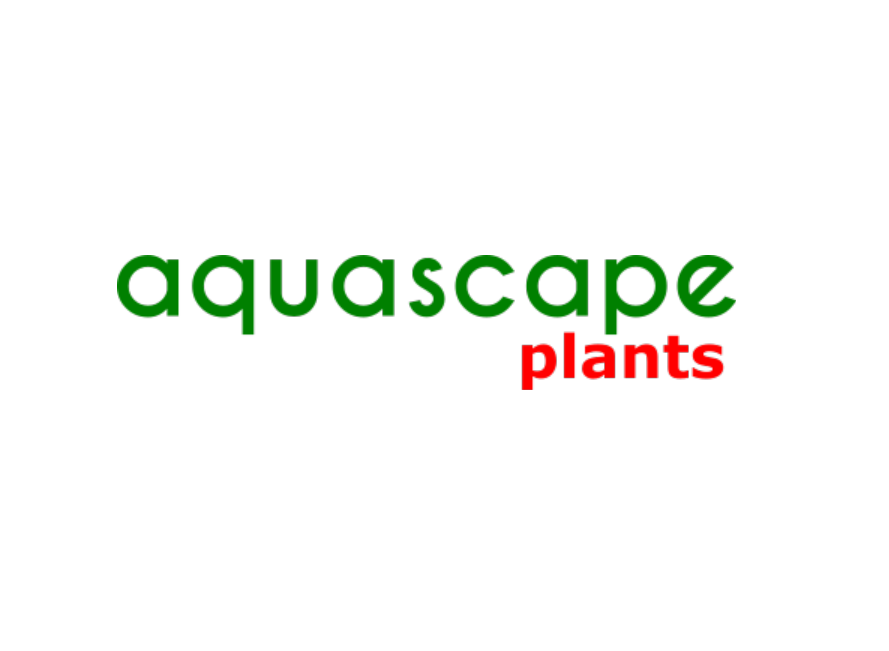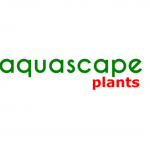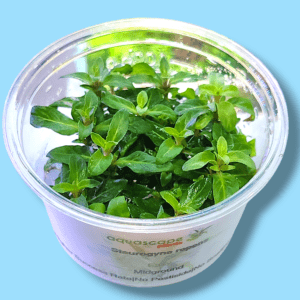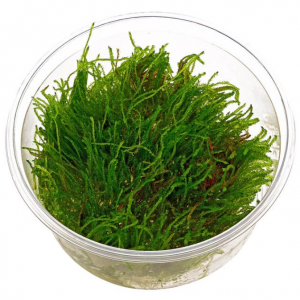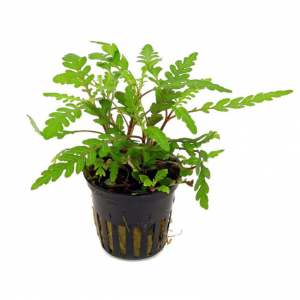Subtotal: د.إ121.55
Aquascapeplants Hydrocotyle tripartita
Hydrocotyle tripartita
- 3x times more plant quantity than other leading brands..
- Forms creeping or overhanging shoots
- Pretty leaf form
- Fresh light green colour
- Can be used in many different ways
- One of the most popular plants in aquascaping
| Synonyms | Hydrocotyle sp. ”Australia”, Hydrocotyle sp. ”Japan” |
| Misapplied names | Hydrocotyle maritima |
| Family | Araliaceae |
| Genus | Hydrocotyle |
| Difficulty | easy |
| Usage | Midground, Nano tanks, Foreground, group, Foreground, ground cover |
| Growth | very fast |
| pH value | 5 – 7 |
د.إ25.50 د.إ30.00
Hydrocotyle tripartita: A fast-growing and versatile aquatic plant, Hydrocotyle tripartita is a popular choice among aquarium enthusiasts for its vibrant green foliage and easy adaptability. Known for its creeping growth habit, this plant creates lush carpets or striking mid-ground accents in freshwater aquascapes. Native to Asia, Hydrocotyle tripartita thrives under moderate to high lighting and benefits from CO2 supplementation for optimal growth. Its compact, clover-like leaves bring a natural, textured aesthetic to tanks, making it ideal for both beginner and advanced aquarists. Perfect for enhancing visual appeal while providing shelter for fish and invertebrates, Hydrocotyle tripartita is a must-have for dynamic aquarium setups.

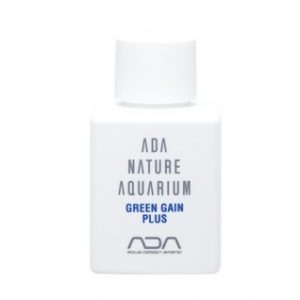 ADA Green Gain Plus 50ml
ADA Green Gain Plus 50ml 